I recently visited the exhibition of Sargy Mann’s latest paintings. It was really a dazzling festival of colour. There were exquisite juxtapositions – brilliant orange against light green, violent red against a nervous purple, a yellow against a calming blue. All the paintings were representations of his wife, Frances.
What is amazing about all this is that these are the paintings of Sargy since he became completely blind. Never in his previous and much admired work has there been such an explosion of colour. He explains that his memory for colour and “for how colours will look together…and even the feel of how much pigment on the brush to mix with how much of another colour” is still very good. But the loss of sight has given him a freedom that he did not have before – a sort of restriction imposed by the reality of the seen world of which he is now free. In deciding to paint a chair, he thought to himself, “…you silly bugger, you won’t be able to see it. You can make the chair any colour you like. This was a breakthrough and of course it applied equally to all other surfaces…” “From then on, I chose the colour chord for each painting intuitively, thinking in an overtly decorative way which, before, I would never have allowed myself to do. It seems that blindness has given me the freedom to use colour in ways that I would not have dared to when I could see”. And what a result! The sighted viewer is intrigued by un-accustomed colour juxtapositions and aesthetically mesmerised by them.
Because those who become colour blind following damage to the colour centre in the brain – area V4 – are often unable to even remember colours or their quality, I assume that Sargy’s V4 is intact and healthy. Nor is his colour experience equivalent to the phantom chromatopsia which I described in a previous blog, and which is also a consequence of retinal blindness, for in that condition only few colours are experienced and they are restricted in space.
Sargy’s paintings in brilliant colour raise very interesting questions about the healthy – indeed vigorous – functioning of a visual area that is deprived of a visual input and must rely entirely on memory. But it also raises another point which I alluded to in my last blog, namely creativity in the absence of all restrictions, inhibitions and censorship. Here we have it from a painter’s own words, but above all from his wonderful canvases, how artistically healthy this freedom is! Finally, it also of course raises the neurological problem of how the prohibition on the use of certain colours, implied in the statement “which, before, I would never have allowed myself to do” works.
I look forward so much to the next batch of paintings from Sargy Mann.

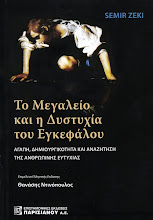
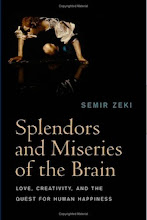
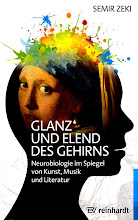
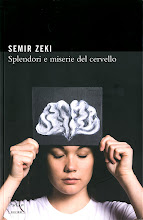



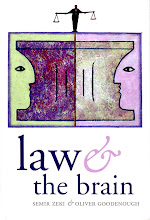
 Contact us
Contact us